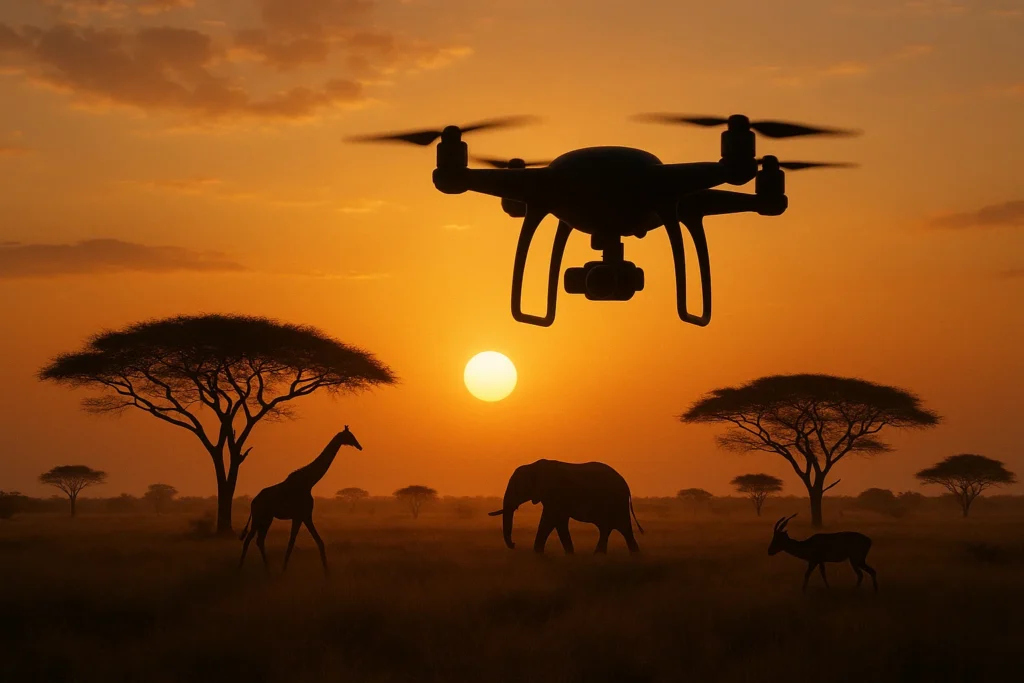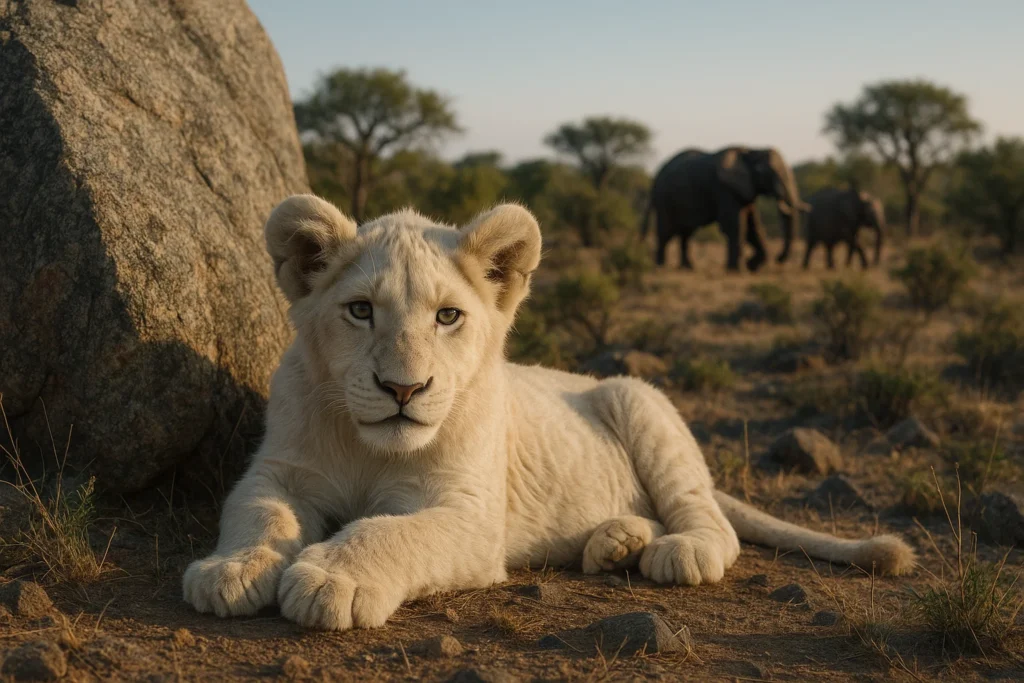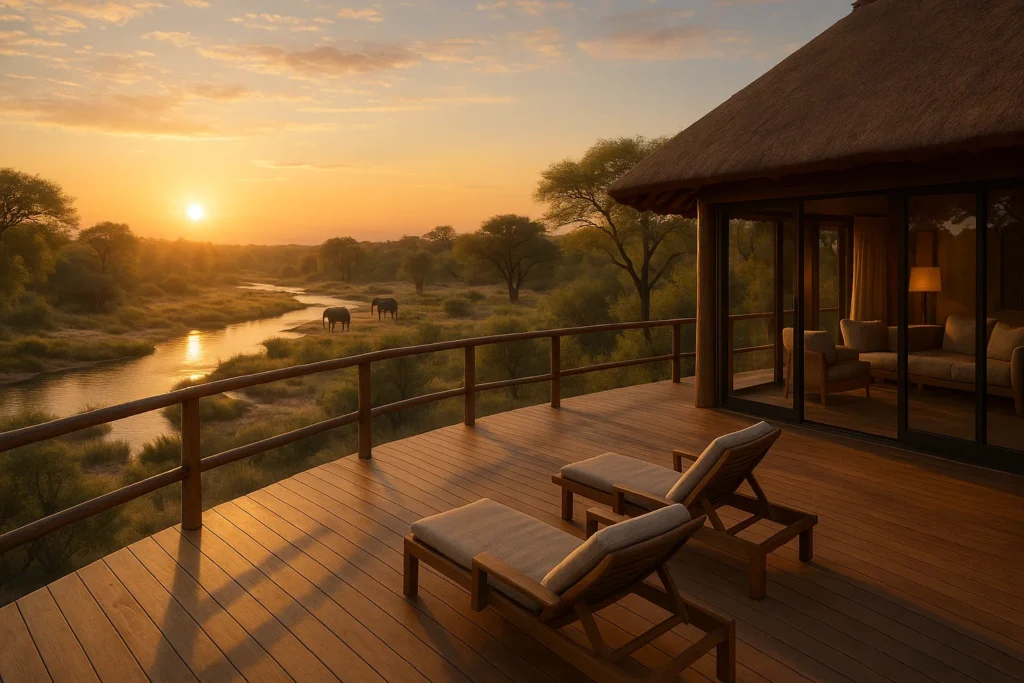Drones promise breathtaking aerial views of wildlife and landscapes—but in the African safari context, their legality and ethical implications are complex. Many countries strictly regulate or outright ban drone use in national parks and protected reserves. In this article, we’ll survey legal frameworks across key safari nations, ethical considerations around drone use, and alternatives that let you capture stunning imagery without violating rules or distressing wildlife.
Why drone use is so tightly regulated in safaris
- Wildlife disturbance: Drones can stress animals, alter behaviors, or provoke flight responses.
- Safety & interference: Risk of collision with birds, aircraft, or trees.
- Visitor experience: Drones disrupt the peaceful nature experience.
- Conservation & anti-poaching: Drones misused by poachers have prompted bans.
- Airspace & security: Controlled under aviation and defense laws.
Drone laws & practices by country
South Africa
- Regulated under SACAA Part 101.
- No recreational drones in national parks without special permits.
- Kruger National Park has a firm ban; violators face fines and confiscation.
Tanzania, Kenya, Uganda, Rwanda
- Highly regulated. Permits required from multiple authorities (e.g. TCAA, TANAPA).
- Serengeti, Ngorongoro, and other parks prohibit recreational drones.
- Kenya also restricts drone use without authorization.
- Gorilla parks (Uganda, Rwanda) do not allow drones for tourism.
Botswana, Namibia
- Laws vary. National parks generally prohibit drones.
- Some private reserves may allow use with prior approval.
Ethics of drone use in the wild
| Principle | Best Practice |
|---|---|
| Minimize disturbance | Stay high, avoid flying over animals. |
| Respect privacy | Avoid guests and vehicles. |
| Short, slow flights | Keep movements smooth and brief. |
| Permit compliance | Follow park rules and flight zones. |
| Transparency | Inform rangers or lodge staff before flying. |
Alternatives to drones on safari
- Licensed aerial operators: Hire local professionals.
- Balloon safaris: Legal and scenic.
- Superzoom lenses: Get dramatic views from the ground.
- Observation decks: Use camp towers or hides.
- Ground rigs: Sliders or gimbals for cinematic motion.
- Satellite imagery: For maps, terrain visuals, or blog context.
Pro tip for future tech coverage
Consider a follow-up post on conservation drones, lightweight UAVs for anti-poaching, or a country-specific legal matrix. These can complement this post and form part of a broader safari technology series.
FAQs
Only in very limited, pre-approved conditions. Most parks still restrict areas and usage.
Fines, confiscation, or legal action including possible expulsion.
Yes, if permitted locally. But you must declare it at customs and comply with aviation laws.
Sometimes. Always request written approval beforehand.
Even small drones are subject to the same rules and restrictions.






